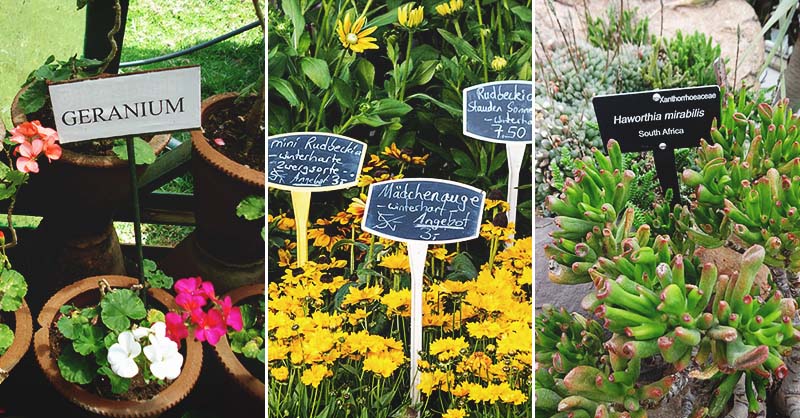Introduction
Labeling plants in your garden is more than a simple organizational task—it’s a vital practice that enhances your gardening experience. Whether you grow vegetables, herbs, flowers, or shrubs, proper plant labels help you track growth, care requirements, and harvest times efficiently. This guide covers everything you need to know about labeling plants in the garden with expert tips, practical methods, and tools that improve your garden’s health and appearance.
Why Label Plants in the Garden?
Proper labeling offers several key benefits:
- Identification and Tracking: Knowing each plant’s name helps prevent confusion, especially in gardens with many species or varieties.
- Care Management: Labels provide quick reference to watering, sunlight, and fertilization needs.
- Pest and Disease Control: Tracking plants helps you spot patterns if pests or diseases affect certain species.
- Harvest Timing: For edible plants, labels remind you when to harvest for optimal flavor and nutrition.
According to horticulture experts, well-labeled gardens reduce mistakes and increase gardening success by up to 40%. Clear labels also make your garden more inviting and educational for visitors.
Best Materials for Plant Labels
Choosing the right materials for your plant labels ensures durability and readability. Consider these options:
Plastic Labels
- Durability: Weather-resistant and reusable.
- Clarity: Easy to write on with waterproof markers.
- Cost-Effective: Widely available and affordable.
Wooden Stakes
- Natural Look: Blends well with garden aesthetics.
- Limitations: May degrade over time; treat wood for longer life.
Metal Tags
- Longevity: Highly durable and resistant to weather.
- Professional Appearance: Preferred by botanical gardens and nurseries.
DIY Options
- Use materials like popsicle sticks, stones (painted or engraved), or recycled plastic containers.
How to Label Plants Effectively
Step 1: Choose Clear and Legible Writing
Use waterproof and fade-resistant pens or markers. Print clearly or use plant label printing services for neatness.
Step 2: Include Essential Information
- Plant common name and botanical name.
- Planting date or expected harvest time.
- Special care instructions, if space permits.
Step 3: Placement
- Position labels at the base of the plant without disturbing roots.
- Avoid blocking sunlight or airflow.
Step 4: Maintain Your Labels
- Regularly check for wear and replace faded labels.
- Clean labels to keep information visible.
Innovative Labeling Techniques
QR Code Labels
Modern gardeners use QR codes linked to digital plant profiles. Scanning codes with smartphones reveals detailed care instructions, photos, and growth logs.
Color-Coding Systems
Assign colors to plant categories (e.g., herbs, vegetables, perennials) for quick visual identification.
Raised or Engraved Labels
Engraved metal or plastic labels withstand harsh weather and prevent information loss.
Expert Tips for Labeling Plants in the Garden
- Label early: Attach labels immediately after planting to avoid confusion.
- Use weatherproof materials: Protect your investment by choosing labels designed for outdoor use.
- Keep labels uniform: Consistency improves garden aesthetics and ease of reading.
- Record in a garden journal: Complement physical labels with a detailed log for reference.
Conclusion
Labeling plants in the garden is a straightforward yet impactful practice that enhances garden management, plant health, and overall enjoyment. By selecting durable materials, providing clear information, and maintaining your labels, you ensure your garden remains organized and thriving. Whether you’re a beginner or an experienced gardener, adopting effective labeling methods will save time, reduce mistakes, and enrich your gardening journey. Start labeling your plants today and watch your garden flourish with clarity and care!
